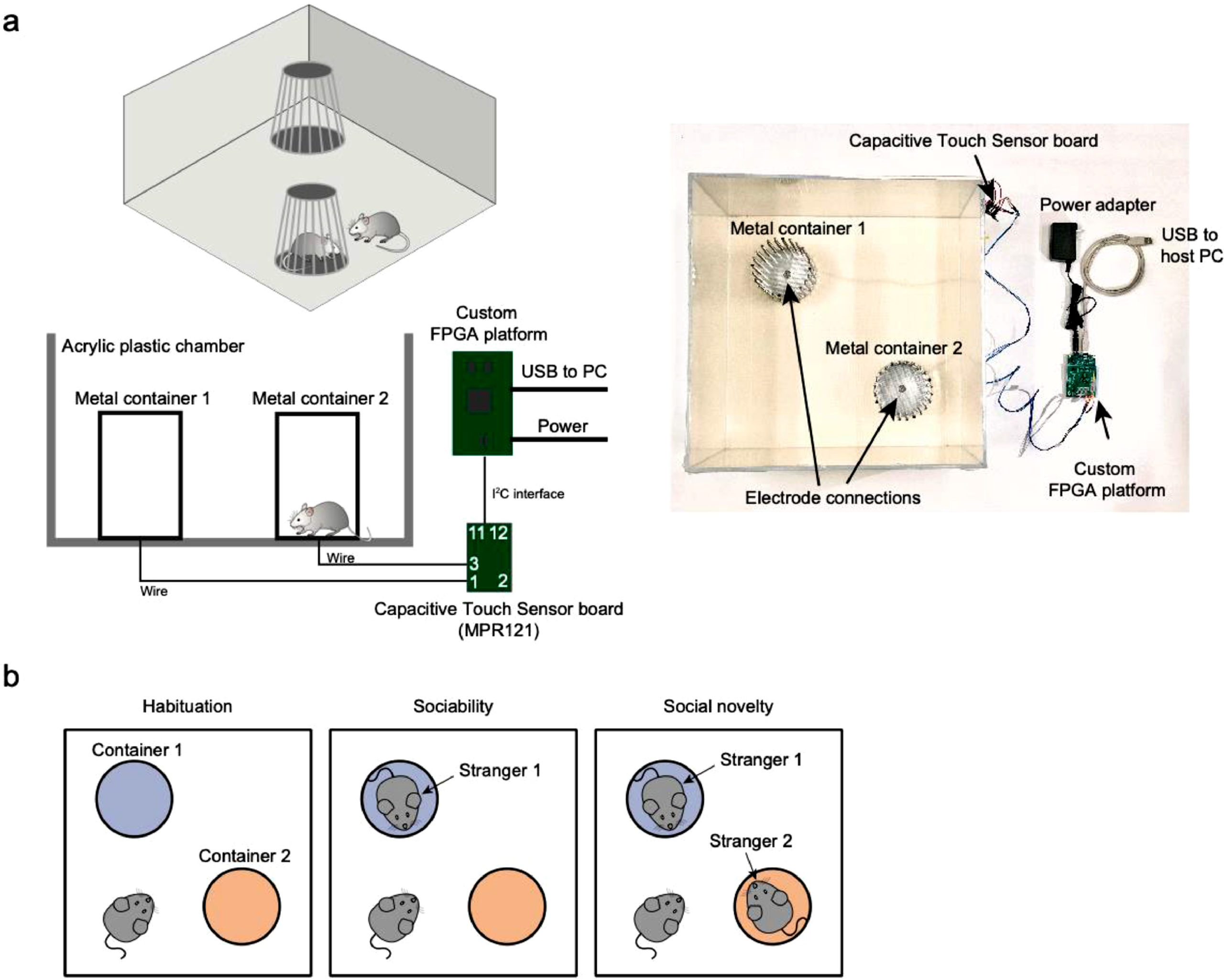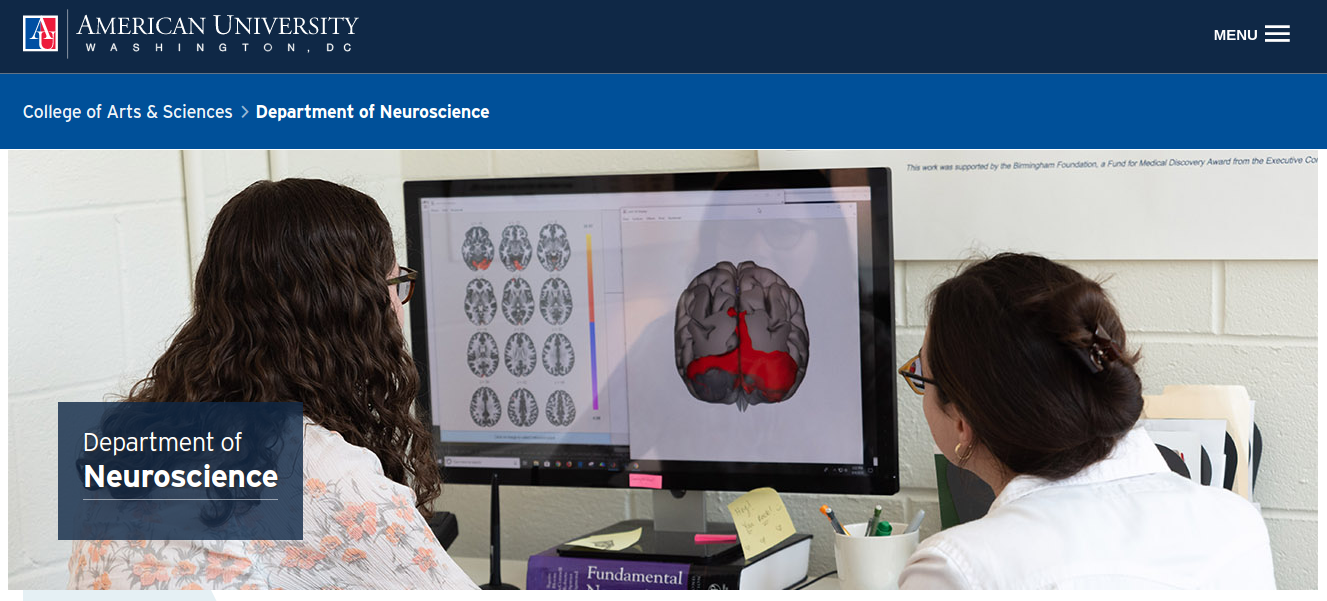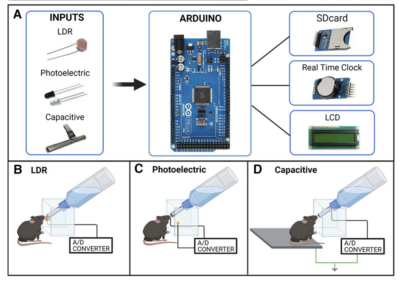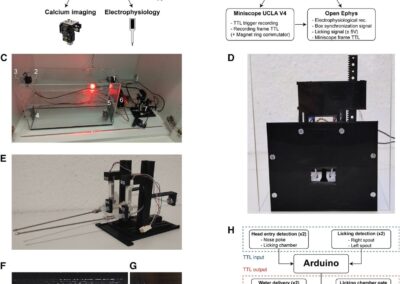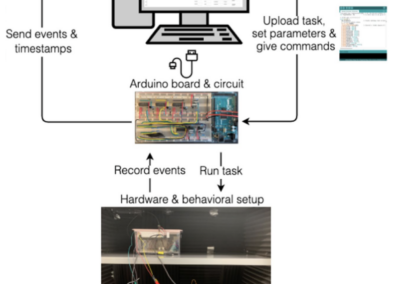Capacitive Touch Sensor
Giovanni Barbera and colleagues developed an open-source capacitive touch sensing device and analyzed its effectiveness in the three chamber social behavior test.
_______________________________________________________________________________
Social behavior is a major component of neuroscience studies. For years, researchers have studied and defined behavior, while also providing linkage between behavior and the respective areas of the brain that modulate said behavior. An organism’s movement to or away from a stimulus is typically used as a measure of defining behavior. Model organisms such as the mouse for example, are typically placed in a controlled setting where various stimuli are presented and their actions recorded. For example, the three chamber social behavior test is a measure of sociability typically used in rodents. The movement preference of the mice is used to assess their degree of sociability and requires much attention to detail as every movement must be accurately recorded. Such attentiveness can be time consuming and leave room for human error. Barbera and colleagues developed a device (designed around capacitive touch sensor MPR121) that eases such complications. In this device, capacitive sensors are positioned to readily detect direct physical touches from the rodent under investigation. An example of a direct touch is a “nose-poke” of a mouse against the target object/stimulus. The behavioral data was then sent to a host computer via a custom Field-Programmable Gate Array (FPGA) platform. Configuration is possible with either Arduino or Raspberry Pi. The accuracy of the capacitive sensor device was evaluated by comparing its output against the manually scored data. Results from the study yielded a high success rate, with the capacitive touch sensor generating similar data to those obtained manually. The ability to have a device accurately count and monitor the behavior of organisms is greatly beneficial to future research in behavioral neuroscience as the capacitive touch sensor is not only inexpensive but provides real-time data that is just as accurate as manual recordings.
This research tool was created by your colleagues. Please acknowledge the Principal Investigator, cite the article in which the tool was described, and include an RRID in the Materials and Methods of your future publications. RRID:SCR_021486
Read the publication!
Read more about this project in the MethodsX publication!
Read the Documentation
Get access to the code and hardware files from the GitHub repository for this project.
Thanks Dasia!
This project summary is a part of the collection from neuroscience undergraduate students in the Computational Methods course at American University.
Check out projects similar to this!

